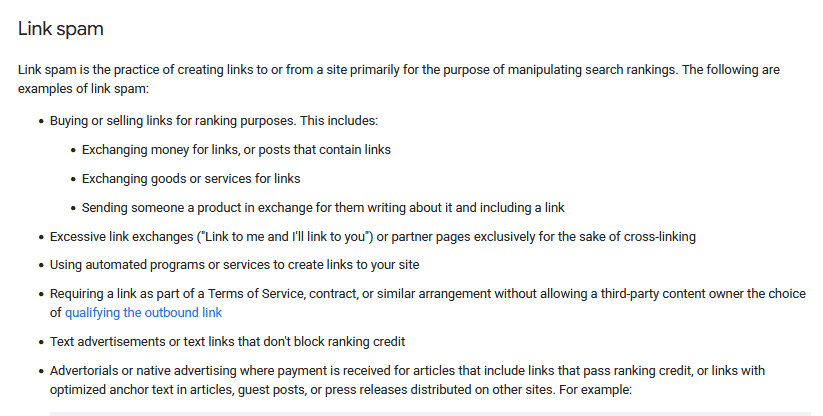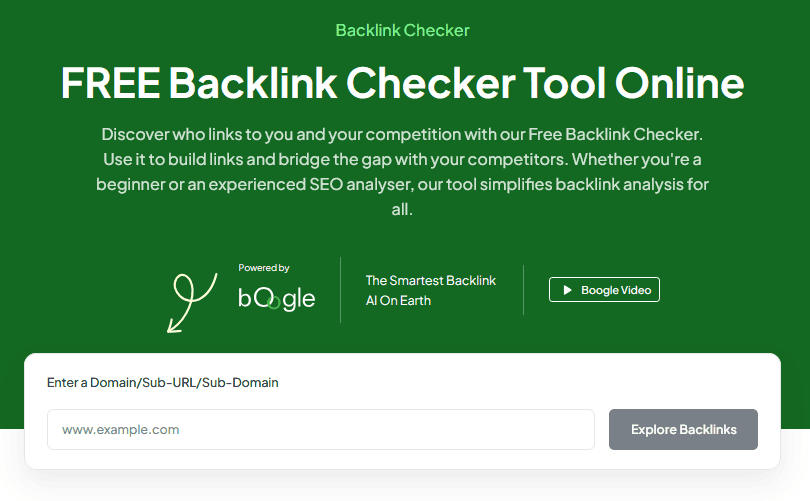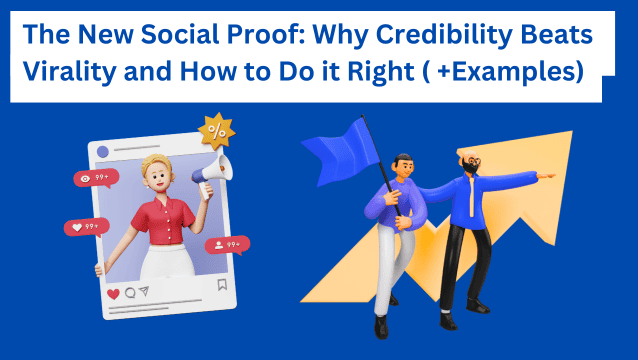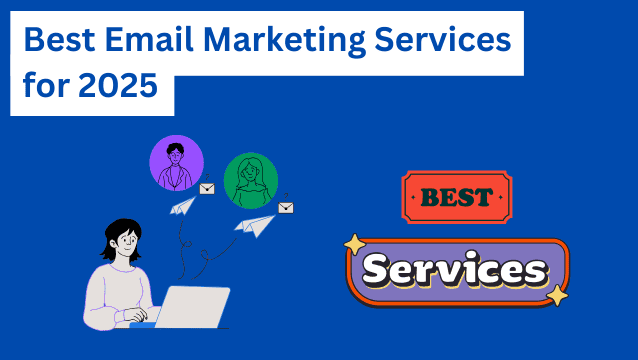HARO (Help A Reporter Out) is a website that connects journalists and experts in an effort to produce top-quality content. HARO link building is one of the simplest ways to earn real editorial links that move rankings.
In this guide, you’ll see how to qualify opportunities, respond fast with authority, and track to avoid common mistakes. We’ll look into how to balance quality and speed, and how to forecast a realistic number of links per month without burning out your team.
Read this if you want higher search engine visibility with qualifying links on trusted publications and stronger search rankings across competitive search engine result pages.
Highlights
- HARO connects you with editors from other publications without relying on cold emails, cold calls, or getting ignored on social media DMs.
- HARO link building still works in 2025. It is faster when you filter for a matching fit and answer with proof.
- Speed, relevance, and credibility win. Build a reply system in Google Sheets and stick to it.
- Set expectations for a minimum number of links per month. Target quality links, not raw volume.
- Stay within Haro’s policies while pitching. Keep editorial independence and avoid incentives.
HARO link building in 2025: What changed and what didn’t
HARO allows journalists to post questions, while sources respond with concise quotes, data, and evidence. Editors pick the best answers and link to the source when it is valuable and relevant.

HARO link building utilizes HARO to acquire more backlinks to your site.
Because journalists on HARO often come from high-trust publications, you can earn qualifying links from authority websites. These links reinforce topical authority and help your search engine visibility compound.
But what are high-trust publications?
Think business titles like Forbes or TechCrunch. For health or legal topics, think of WebMD or LegalZoom, while for general news, consider HuffPost, The Telegraph, or BuzzFeed.
The relaunch timeline and why it matters
In late 2024, Cision announced that it had shut down HARO. In April 2025, Cision sold HARO to Featured. HARO returned to its classic daily email format. That means you will likely see more query volume and reporters who expect fast, on‑point answers.
These daily media queries are a direct path to high-trust media publications. Plus, faster replies mean more media coverage and organic press mentions for your brand.
After the sale to Featured, HARO started sending queries again and publishing updates on its blog. Expect a steady flow of opportunities across consumer, business, and niche beats. This is good for teams that can respond within minutes.

There’s also one huge upside of using HARO compared to traditional cold outreach.
Link building statistics show that only 8.5% of cold outreach emails generate backlinks. This is likely because journalists receive hundreds of cold emails each week.
On HARO, it’s an entirely different setup. Journalists and editors are actively seeking exclusive pitches from sources and experts. When they need a quote, they don’t scour their inbox with thousands of unread emails. They go on HARO.
That gives you a massive opportunity. There’s a lot less pitching, and journalists are already there (and active), looking for stories and quotes.
This makes HARO a lot easier than cold outreach. Not just to acquire new backlinks, but to make friends or build relationships with editors working at major publications. Once you’re in, it’s a lot easier to get featured or earn new backlinks.
The pitching process, end-to-end
Start with a clear system that helps you find, qualify, and answer the best queries in minutes.
Find and filter the right queries fast
The first step is to find relevant queries from industries that relate to your service.
This includes your own niche, but also consider others, too. For example, if you have a software as a service (SaaS) that takes care of sales calls with an AI persona, you’ll want to include queries that relate to B2B sales. But even a topic on email marketing campaigns could quote and link to your service if you propose a relevant pitch.
Here’s where you’ll want to create personalized searches. The parent company also refers to these as featured alerts.

Set up a simple inbox filter by topic, product category, and spokesperson. Label queries you want, like finance, e-commerce, or AI. Create a tiny “yes/no” list for fast triage.
Create smart rules in your email client so hot queries never get buried.
Then check new queries 2–3 times each day at set times. This is why you need to triage. Prioritize audience fit and whether your quote adds something new.
Before replying, take a minute to check the publication’s style. Big outlets like Reader’s Digest want practical, proof-backed answers. Others may be ok with subjective opinions.
Always prioritize authoritative sites that fit your style and audience.
As your process matures, switch from the inbox to a simple queue. Use a shared Google Sheets tracker with owners, deadlines, and statuses. Make a rule that each query gets a yes or no within minutes.
Then add two small SLAs. Respond within 15 minutes for perfect fits and decline kindly when off-topic. This keeps HARO link building fast, polite, and consistent.
Don’t forget to mirror this workflow on Qwoted, SourceBottle, and Terkel to multiply link opportunities.
Your 90-second triage
Even a quick triage should help you answer four criteria:
- Does the topic fit your product or category?
- Does the site look trustworthy and aligned with your brand?
- Is your quote genuinely new or helpful?
- Can you meet the deadline?
You can use tools like Ahref’s domain rating (DR) or Moz’s domain authority (DA) to double-check the publication’s authority, but do not rely on DR or DA alone. These are metrics that track backlink strength on a 0–100 scale.

Many teams target DR 50–90 links or a high-DA site, but use those as directional, not absolute.
Ideally, you partner with high-authority websites that already have a lot of traffic. But sometimes, even new sites can get you solid backlinks, especially if they’re growing fast with unique or authentic content.
Build a rapid-response workflow
HARO will likely not be your only link building strategy. Whether you’re conducting outreach or other forms of link building, you need to act and respond quickly.
This is especially true on HARO when journalists might have urgent deadlines for publishing.
Draft short, reusable answers for your top 10 topics. Pre‑approve a 1‑line bio, a headshot, and a few data points.
Keep everything in Google Sheets, with columns for Query, Deadline, Spokesperson, Angle, Proof, and Status. Use simple color rules to flag items due in under one hour.

Screenshot taken by the author
Then assign one person to triage and one to draft. A third person can proofread when time allows. Keep your reply window tight, often under 15 minutes from first view to send.
If you want to opt for a project management route, store bios and headshots in Google Drive, track tasks in monday.com, and log effort in toggl.com.
This is classic media outreach: fast, polite, and organized.
Write pitches that answer, not promote
Lead with the answer, not your bio. Position your spokesperson as a subject-matter expert and keep communication with journalists clear and direct.
Your first two sentences should solve the reporter’s question.
Follow with one sentence of proof, a short quote they can paste, then your approved bio line. Avoid fluff or hard sales; this isn’t the place for either. Keep your reply helpful and accurate.
Make sure your reply follows HARO’s terms of use and Google’s spam policies. For example, do not offer gifts, payments, or swaps for links. Keep editorial independence and follow modern guidelines so your placements are safe and sustainable.
Stick to Google webmaster guidelines, avoid AI-generated spam, and don’t ship hollow AI-generated content.

Follow‑up etiquette and timing
If you follow up, do it once, after 24–48 hours, and only to add value.
Share a tighter quote, a clearer stat, or a better example. If you get no reply, archive it and move on.
Your goal is to be helpful, fast, and easy to work with. This long game helps you build strong media relationships and professional media relations etiquette.
Measuring results and setting expectations
Set realistic goals to keep your team focused on quality and consistent output.
Realistic links per month
All your link building strategies should include this KPI.
On HARO, acceptance rates vary by niche and publication. Most teams see a small share of replies turn into links. The biggest lever is relevance.
Reporters often reject irrelevant pitches at high rates, so keep your answers tight and on topic. Use small weekly targets to maintain momentum.
PR Newswire published a press release on a report by Cision about media intelligence. This report shows that relevance and timing drive outcomes more than raw volume of pitches. In fact, 86% of journalists immediately reject pitches that do not align with their beat and audience.
Plan your reply capacity around quality and speed, then review the win rate each week. If your rate drops, improve your angles and proof.
Treat this as off-page SEO that supports your broader SEO strategy.
Verify and monitor placements
Once a link goes live, confirm the URL, anchor text, and relational attributes.
Check if the page is indexable, view the context, and save a copy. Most teams use a backlink checker tool to track live status and spot changes over time.

After you verify the link, update the Status and Notes columns in your Google Sheets tracker. Add the owner and a review date.
If a link drops or flips to nofollow, decide if it still meets your targets. The goal when managing your backlinks is to have consistent, high-quality links that make sense for both users and search engines.
Remember to check referral spikes in Google Analytics and track Google positions for the linked page.
What counts as a qualifying link
A qualifying link lives in relevant copy, on a page that users actually read. It supports the topic, uses a natural anchor, and helps the story. Site‑wide footers and generic biographies do not carry the same weight.
So aim for context, not just a mention. This grows brand mentions and brand awareness, not just PageRank.

You can do this with HARO link building by creating high-value content and differentiating yourself from the competition. These are just two contextual link building examples that you should be adopting anyway on your site, regardless of your link building methods.
Fold HARO SEO into a successful link building strategy
You will get better results when HARO SEO is part of a bigger plan that fuels content and PR. For example, HARO supports digital PR and content marketing by earning editorial citations that LLMs surface.
Tie HARO to content and digital PR
The key to making HARO work well as a successful link building strategy is to structure it so it supports existing content.
To do this, plan stories in advance so that your quotes align with upcoming posts and press moments. Use your HARO wins as social proof on product pages, resources, and bios. This keeps your brand visible and valuable across channels.
As you plan content and use HARO, consider answer engine optimization. If you can acquire authority backlinks from sources that are often mentioned by large language models (LLMs) like ChatGPT, there’s a higher chance that the backlink snippets will end up in AI answers. More coverage in trusted media improves chances of inclusion in AI search and LLM responses.
Add a simple integration loop for scale. Plan outreach around your editorial calendar. Then, map queries to content clusters and pillars.
Draft two quotes for each pillar before the news hits. Keep a small story bank for seasonal topics. Schedule recycling of winning quotes into posts and product pages with clear context.
And don’t forget to cite authors’ biographies. These steps demonstrate E‑E‑A‑T (Experience, Expertise, Authority, and Trustworthiness). They also make editors more likely to cite you again. Plus, it strengthens your relationship with these publishers.
Competitive intelligence
Find competitor backlinks and use this analysis to feed topics for your next recipes. Look for themes where rivals earn mentions that you can answer more clearly. Turn those patterns into 2–3 reusable quotes that fit many queries.
Then, validate which sources keep sending traffic and trust to your rivals. Reshape your angles to win conversations with these sources by adding stronger proof or unique perspectives from your life and experience.
Even better, include this in a backlink analysis checklist. Share it with your team as an SOP they can use across all backlink strategies.
Also, run a weekly scan of new links to peers and rivals. Note journalists, beats, and recurring angles. Save journalist names in your tracker, along with relevant notes. Capture what they asked, the hook, and the outlet.
Decide when to pitch outside HARO. But make sure to always follow the outlet’s pitch guidelines. Do not mass email reporters, as your email will get skipped in a heartbeat. Instead, send one short, helpful note when you have a fit. This keeps your name welcome in busy inboxes.
Process improvements and scaling
Run a short post‑mortem each week. Track response time, win rate, and where your quotes land. Update your proof library with one new stat per topic each month.
As your library of quotes and examples grows, build complementary assets designed to earn links at scale. Guides, research, and visual explainers act as magnets. Use these as link bait on your social media to increase traffic and attract more customers and journalists.

Your future in HARO link building
HARO link building still works because it rewards relevance, clarity, and speed.
You win when you qualify fast, answer with authority, and measure what matters. Scale comes from systems and consistency.
Build a lean queue in Google Sheets, improve your pitching process weekly, and aim for steady qualifying links that compound your search engine visibility over time.
If you want help with planning, measurement, or a bigger program that earns links the right way, talk to uSERP today.


